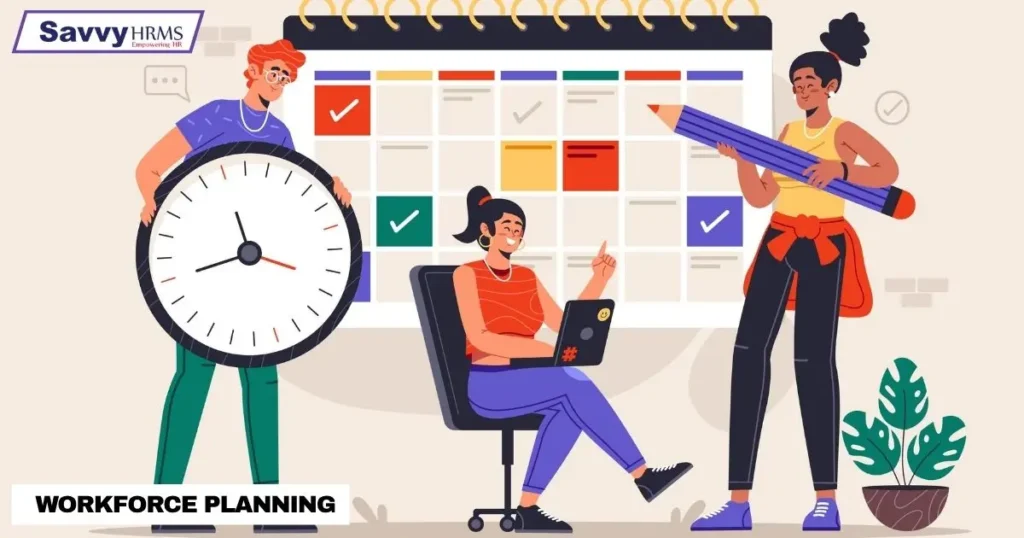Are you ready for tomorrow’s workforce challenges? In today’s sharp-transit world, it is more important to be the right people in the right roles than ever in workforce planning. Nevertheless, many companies are still dependent on reactive recruitment rather than an active strategy. This is the place where the workforce becomes necessary. Exactly, it can save costs, increase efficiency, and ensure future development.
What is Workforce Planning?
The work plan is an ongoing process to analyze the supply and demand for the workforce, forecast, and plan. This HR strategy focuses on three main questions:
- Now, what does your task look like?
- What do you want in the future?
- How do you want to bridge the difference?
Why is Workforce planning important?
Although recruitment is important, the strategic work plan is outside of it. Here, it means something:
- This corresponds to HR goals with the overall trade strategy.
- This improves decision-making and talent collections.
- This trade ensures continuity and order.
- This budget forecast is more accurate.
In addition, the work plan for the staff’s involvement is strengthened. After all, people act better when they are placed where they need the most.
Workforce planning types
There are two types:
1. Strategic action plan
This type is forward-thinking and includes labor decisions in conjunction with commercial results. So you will work successfully in tandem with HR issues.
2. Operations plan
This type is short-term and strategic; this document ensures daily staffing demands are managed and written primarily for the HR managers’ daily/ immediate staffing, determining labor allocation and work plans.
Both planning types are essential to building a strong HR plan.
Achieving effective workforce planning
Begin with these 5 key steps:
- Align with the business goals
The action plan will correlate strongly to the vision and purpose of the business since it must include tasks, purpose, and objectives.
- The current workforce
The evidence gathered will be instrumental for the HR teams’ decision-making.
- Forecast
Forecast future roles, skills & employee numbers considering advances in technology, business expansion, and turnover rates.
- Assess gaps and devise strategies
Assess where skills gaps exist and how to rectify this gap, ie, recruitment, new training, or restructuring.
- Measure, monitor, and refine
Keep up with all the planning effort or run the risk of not delivering any value. Maintain regular progress measurement.
Workforce planning problems
Even the best HR leaders will face challenges:
- Involuntary market trends
- Wrong level of data management
- Unruly change
- Diagnosing and treating the wrong illness
- Cultural resistance in departments
Best Practice to Follow
For a successful workforce planning:
- Use HR analysis in real time
- Integrated with Performance Management
- Communicate with department heads
- Keep the plans flexible
- Investors in HR technology invest in HRM
By using these strategies, HR professionals can easily shape the workforce in the future.
Conclusion
Each organization does not care about the wheel; a strong work plan is required. HR teams should be ahead with the technology to be developed, and with increasing demands and expectations.
Are you ready to create a ready-made workforce for the future?
Don’t wait for a talent crisis! SAVVY HRMS provides powerful tools to make the work plan easy, smart, and scalable. Check your HR strategy on purpose with HRMS.
FAQs
- What is the main goal of workforce planning?
To make sure your business has the correct people with the correct skills at the correct time.
- Who is responsible for the workforce?
Mainly the HR department, but it works best with collaboration from top management and department heads.
- Is the workforce just for large companies?
No, even small companies effectively pull out of the structured scheme to manage costs and talent.
- How often should the workforce be planned?
Ideally, it should be a continuous process, at least quarterly, or after major changes, that should be reviewed in hr software.



